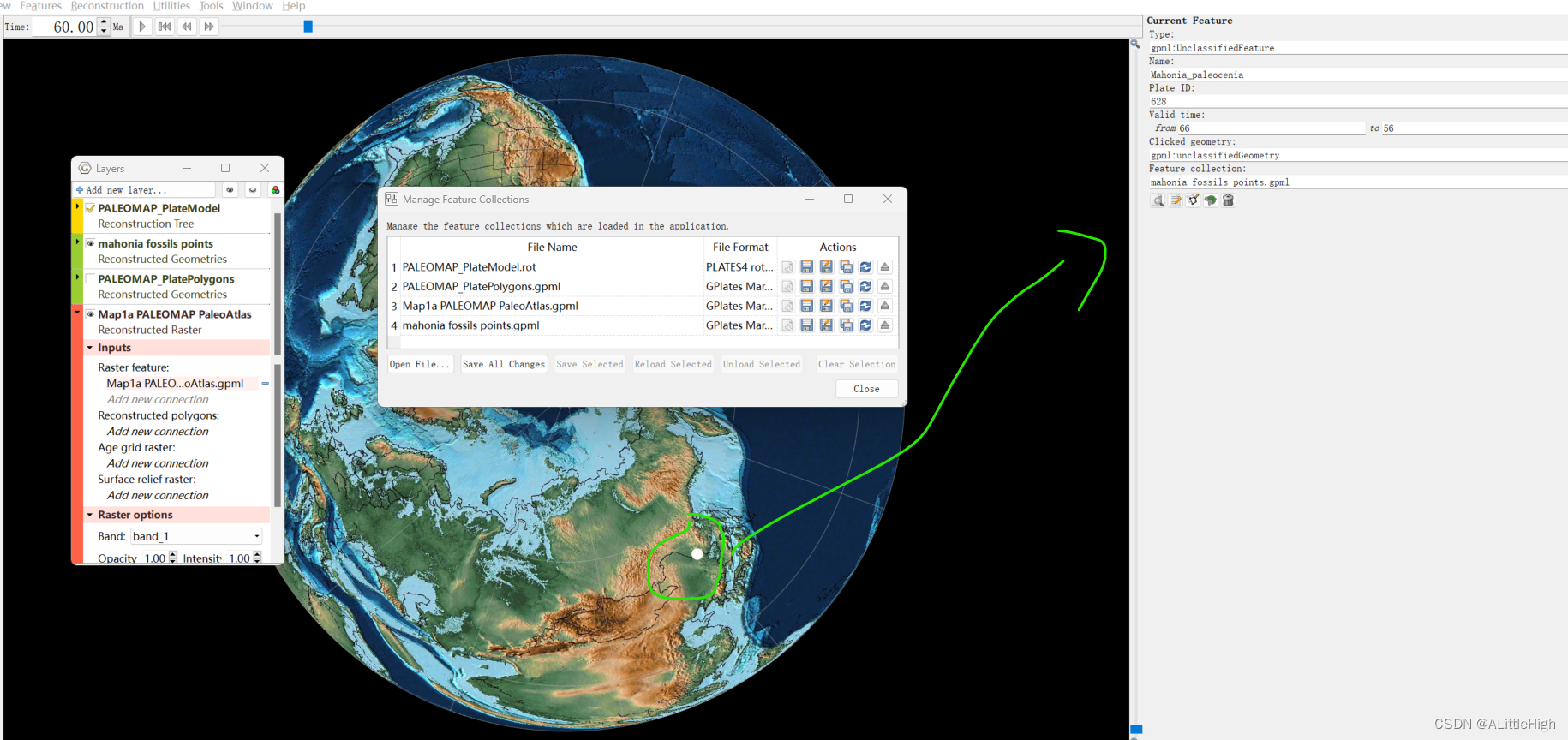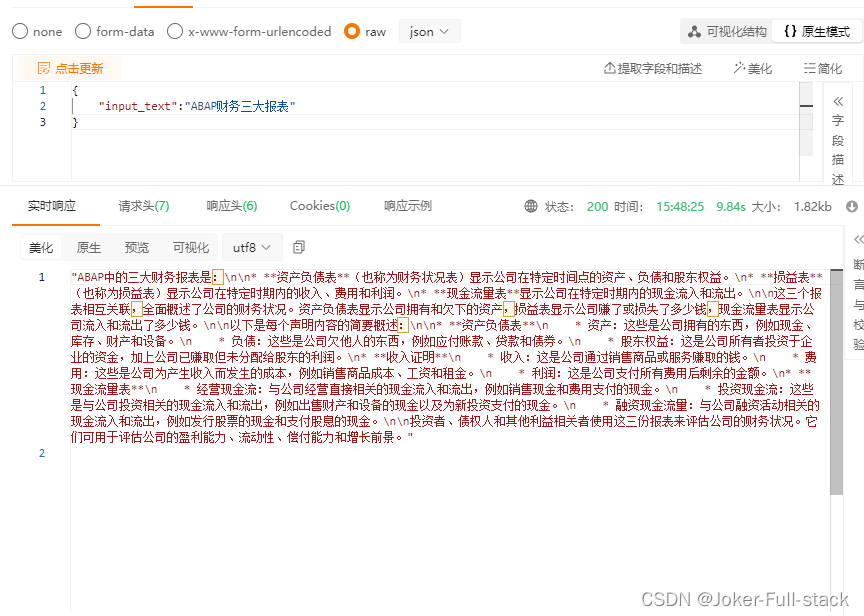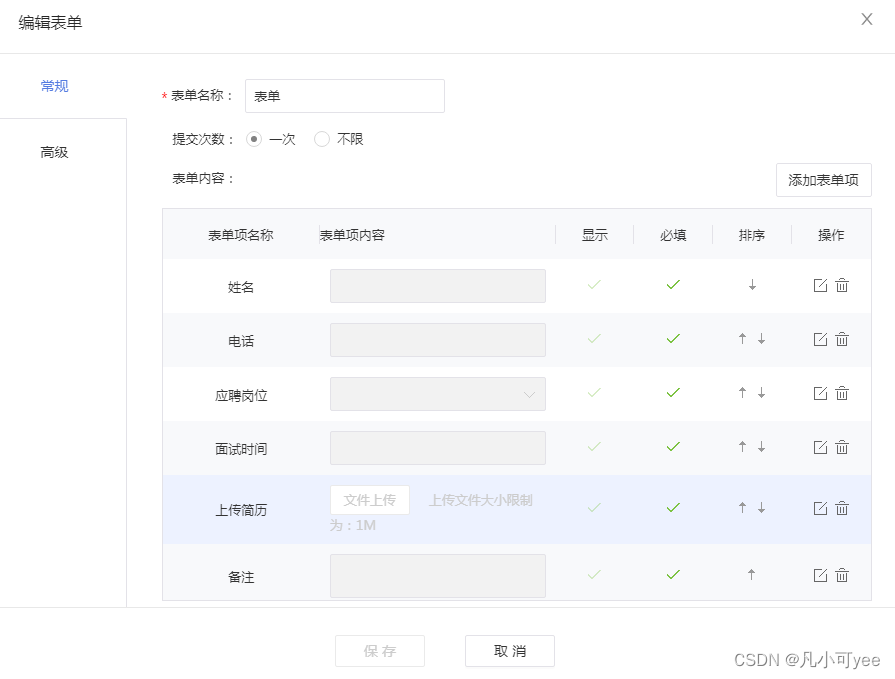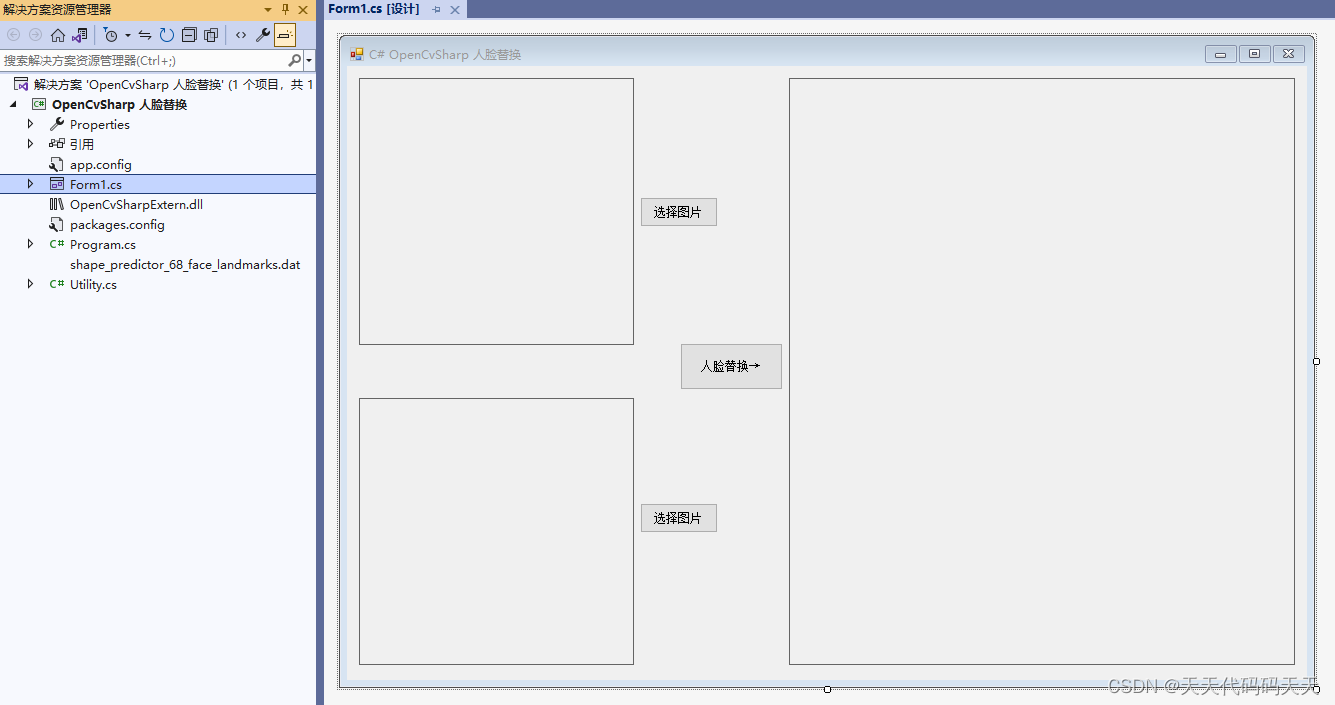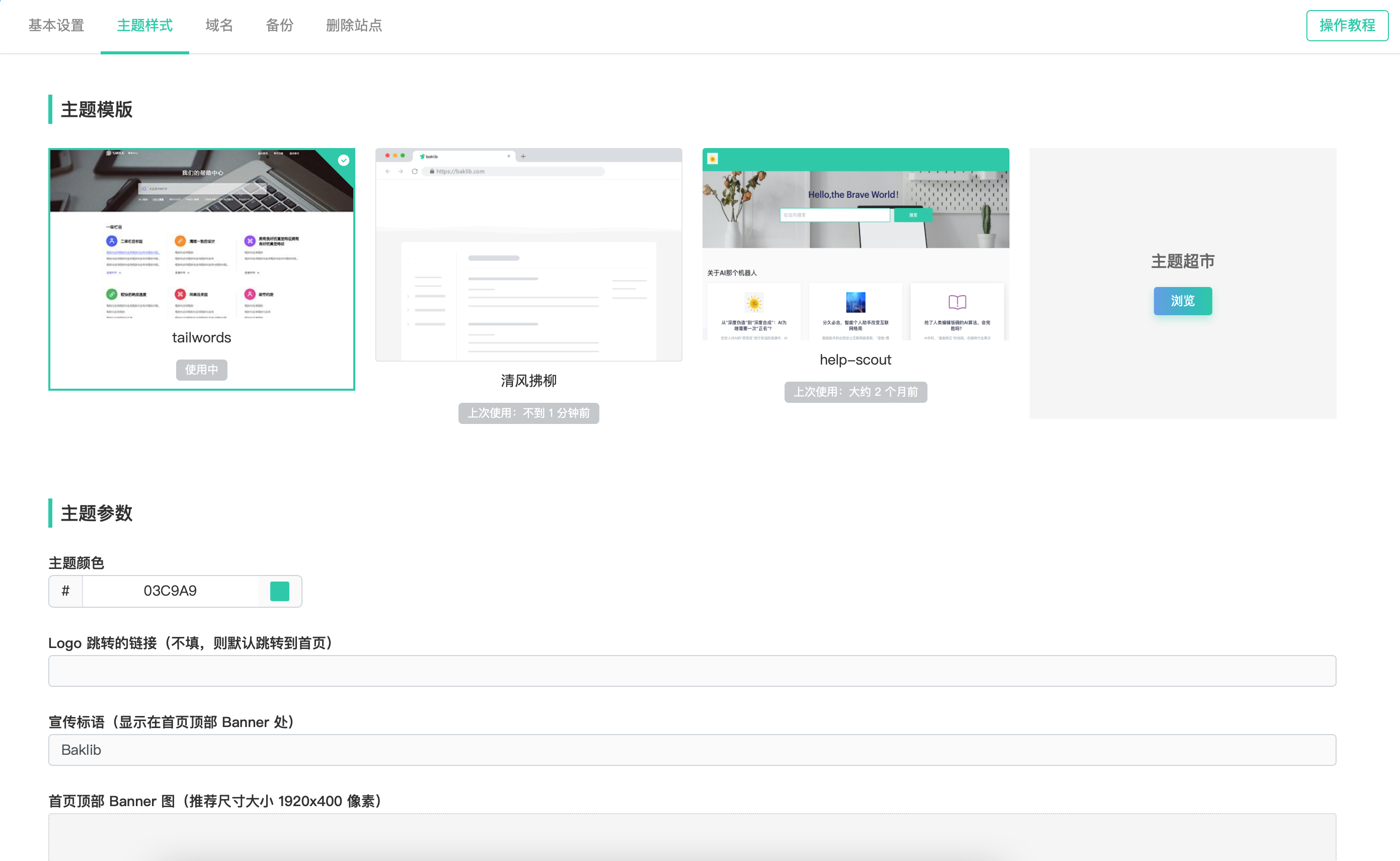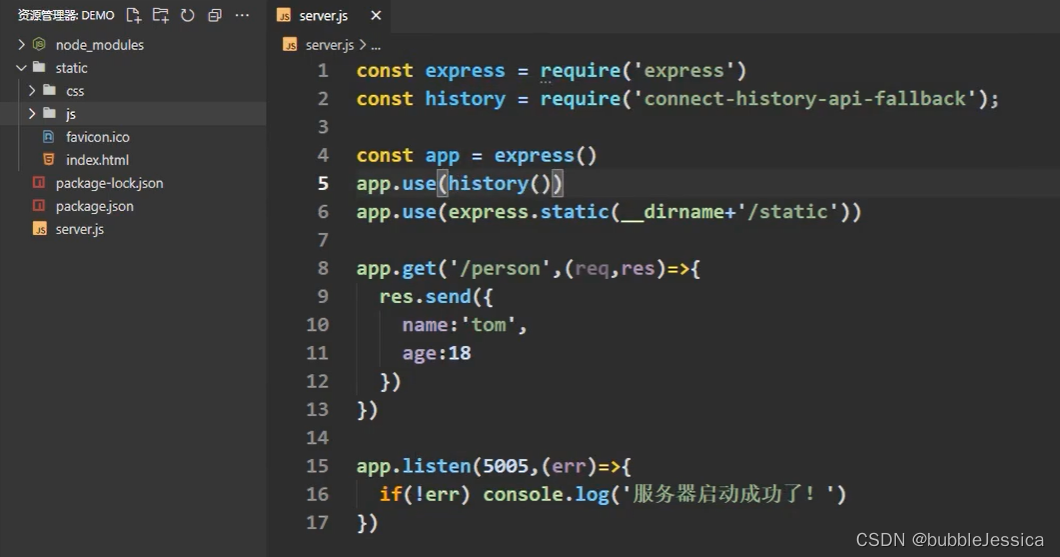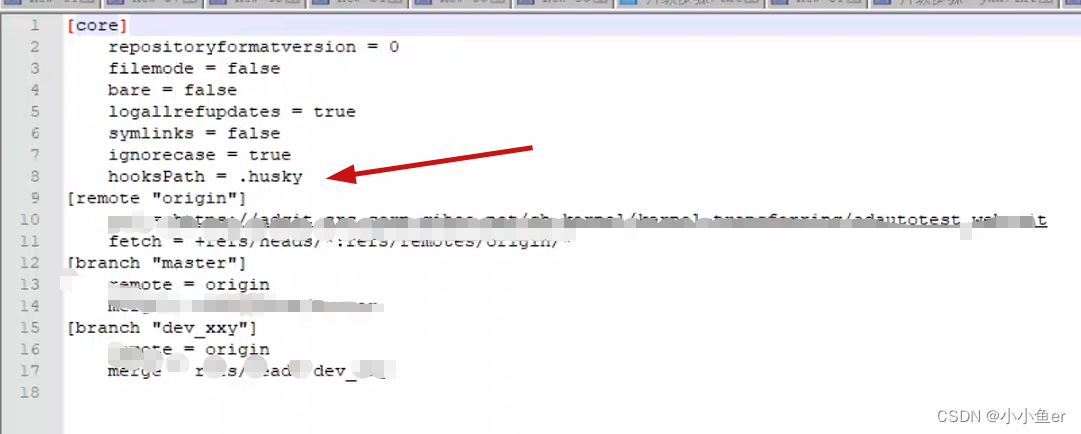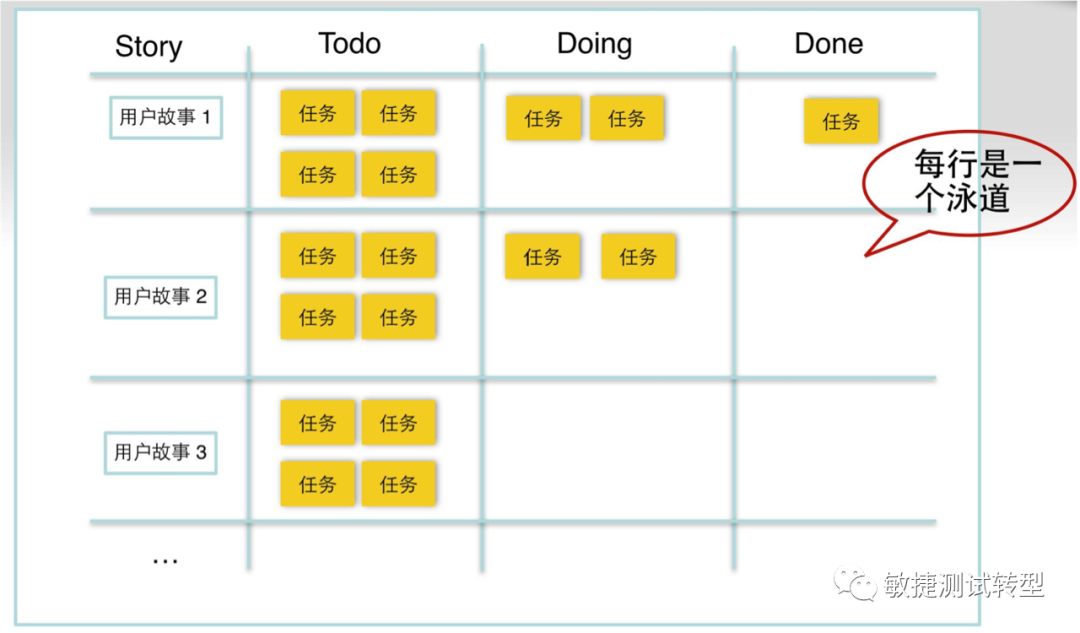logrus完全兼容标准的log库,还支持文本、JSON 两种日志输出格式。很多知名的开源项目都使用了这个库,如大名鼎鼎的 docker。
快速使用
第三方库需要先安装:
$ go get github.com/sirupsen/logrus后使用:
package main
import (
"github.com/sirupsen/logrus"
)
func main() {
logrus.SetLevel(logrus.TraceLevel)
logrus.Trace("trace msg")
logrus.Debug("debug msg")
logrus.Info("info msg")
logrus.Warn("warn msg")
logrus.Error("error msg")
logrus.Fatal("fatal msg")
logrus.Panic("panic msg")
}logrus的使用非常简单,与标准库log类似。logrus支持更多的日志级别:
Panic:记录日志,然后panic。
Fatal:致命错误,出现错误时程序无法正常运转。输出日志后,程序退出;
Error:错误日志,需要查看原因;
Warn:警告信息,提醒程序员注意;
Info:关键操作,核心流程的日志;
Debug:一般程序中输出的调试信息;
Trace:很细粒度的信息,一般用不到;
日志级别从上向下依次增加,Trace最大,Panic最小。logrus有一个日志级别,高于这个级别的日志不会输出。默认的级别为InfoLevel。所以为了能看到Trace和Debug日志,我们在main函数第一行设置日志级别为TraceLevel。
运行程序,输出:
$ go run main.go
time="2020-02-07T21:22:42+08:00" level=trace msg="trace msg"
time="2020-02-07T21:22:42+08:00" level=debug msg="debug msg"
time="2020-02-07T21:22:42+08:00" level=info msg="info msg"
time="2020-02-07T21:22:42+08:00" level=info msg="warn msg"
time="2020-02-07T21:22:42+08:00" level=error msg="error msg"
time="2020-02-07T21:22:42+08:00" level=fatal msg="fatal msg"
exit status 1由于logrus.Fatal会导致程序退出,下面的logrus.Panic不会执行到。
另外,我们观察到输出中有三个关键信息,time、level和msg:
time:输出日志的时间;
level:日志级别;
msg:日志信息。
定制
输出文件名
调用logrus.SetReportCaller(true)设置在输出日志中添加文件名和方法信息:
package main
import (
"github.com/sirupsen/logrus"
)
func main() {
logrus.SetReportCaller(true)
logrus.Info("info msg")
}输出多了两个字段file为调用logrus相关方法的文件名,method为方法名:
$ go run main.go
time="2020-02-07T21:46:03+08:00" level=info msg="info msg" func=main.main file="D:/code/golang/src/github.com/darjun/go-daily-lib/logrus/caller/main.go:10"添加字段
有时候需要在输出中添加一些字段,可以通过调用logrus.WithField和logrus.WithFields实现。logrus.WithFields接受一个logrus.Fields类型的参数,其底层实际上为map[string]interface{}:
// github.com/sirupsen/logrus/logrus.go
type Fields map[string]interface{}下面程序在输出中添加两个字段name和age:
package main
import (
"github.com/sirupsen/logrus"
)
func main() {
logrus.WithFields(logrus.Fields{
"name": "dj",
"age": 18,
}).Info("info msg")
}如果在一个函数中的所有日志都需要添加某些字段,可以使用WithFields的返回值。例如在 Web 请求的处理器中,日志都要加上user_id和ip字段:
package main
import (
"github.com/sirupsen/logrus"
)
func main() {
requestLogger := logrus.WithFields(logrus.Fields{
"user_id": 10010,
"ip": "192.168.32.15",
})
requestLogger.Info("info msg")
requestLogger.Error("error msg")
}实际上,WithFields返回一个logrus.Entry类型的值,它将logrus.Logger和设置的logrus.Fields保存下来。调用Entry相关方法输出日志时,保存下来的logrus.Fields也会随之输出。
重定向输出
默认情况下,日志输出到io.Stderr。可以调用logrus.SetOutput传入一个io.Writer参数。后续调用相关方法日志将写到io.Writer中。现在,我们就能像上篇文章介绍log时一样,可以搞点事情了。传入一个io.MultiWriter,同时将日志写到bytes.Buffer、标准输出和文件中:
package main
import (
"bytes"
"io"
"log"
"os"
"github.com/sirupsen/logrus"
)
func main() {
writer1 := &bytes.Buffer{}
writer2 := os.Stdout
writer3, err := os.OpenFile("log.txt", os.O_WRONLY|os.O_CREATE, 0755)
if err != nil {
log.Fatalf("create file log.txt failed: %v", err)
}
logrus.SetOutput(io.MultiWriter(writer1, writer2, writer3))
logrus.Info("info msg")
}自定义
实际上,考虑到易用性,库一般会使用默认值创建一个对象,包最外层的方法一般都是操作这个默认对象。
我们之前好几篇文章都提到过这点:
- Go 每日一库之 flag:
flag标准库中的CommandLine对象;
- Go 每日一库之 log:
log标准库中的std对象。
这个技巧应用在很多库的开发中,logrus也是如此:
// github.com/sirupsen/logrus/exported.go
var (
std = New()
)
func StandardLogger() *Logger {
return std
}
func SetOutput(out io.Writer) {
std.SetOutput(out)
}
func SetFormatter(formatter Formatter) {
std.SetFormatter(formatter)
}
func SetReportCaller(include bool) {
std.SetReportCaller(include)
}
func SetLevel(level Level) {
std.SetLevel(level)
}首先,使用默认配置定义一个Logger对象std,SetOutput/SetFormatter/SetReportCaller/SetLevel这些方法都是调用std对象的对应方法!
我们当然也可以创建自己的Logger对象,使用方式与直接调用logrus的方法类似:
package main
import "github.com/sirupsen/logrus"
func main() {
log := logrus.New()
log.SetLevel(logrus.InfoLevel)
log.SetFormatter(&logrus.JSONFormatter{})
log.Info("info msg")
}日志格式
logrus支持两种日志格式,文本和 JSON,默认为文本格式。可以通过logrus.SetFormatter设置日志格式:
package main
import (
"github.com/sirupsen/logrus"
)
func main() {
logrus.SetLevel(logrus.TraceLevel)
logrus.SetFormatter(&logrus.JSONFormatter{})
logrus.Trace("trace msg")
logrus.Debug("debug msg")
logrus.Info("info msg")
logrus.Warn("warn msg")
logrus.Error("error msg")
logrus.Fatal("fatal msg")
logrus.Panic("panic msg")
}程序输出 JSON 格式的日志:
$ go run main.go
{"level":"trace","msg":"trace msg","time":"2020-02-07T21:40:04+08:00"}
{"level":"debug","msg":"debug msg","time":"2020-02-07T21:40:04+08:00"}
{"level":"info","msg":"info msg","time":"2020-02-07T21:40:04+08:00"}
{"level":"info","msg":"warn msg","time":"2020-02-07T21:40:04+08:00"}
{"level":"error","msg":"error msg","time":"2020-02-07T21:40:04+08:00"}
{"level":"fatal","msg":"fatal msg","time":"2020-02-07T21:40:04+08:00"}
exit status 1第三方格式
除了内置的TextFormatter和JSONFormatter,还有不少第三方格式支持。我们这里介绍一个nested-logrus-formatter。
先安装:
$ go get github.com/antonfisher/nested-logrus-formatter后使用:
package main
import (
nested "github.com/antonfisher/nested-logrus-formatter"
"github.com/sirupsen/logrus"
)
func main() {
logrus.SetFormatter(&nested.Formatter{
HideKeys: true,
FieldsOrder: []string{"component", "category"},
})
logrus.Info("info msg")
}程序输出:
Feb 8 15:22:59.077 [INFO] info msgnested格式提供了多个字段用来定制行为:
// github.com/antonfisher/nested-logrus-formatter/formatter.go
type Formatter struct {
FieldsOrder []string
TimestampFormat string
HideKeys bool
NoColors bool
NoFieldsColors bool
ShowFullLevel bool
TrimMessages bool
}- 默认,
logrus输出日志中字段是key=value这样的形式。使用nested格式,我们可以通过设置HideKeys为true隐藏键,只输出值;
- 默认,
logrus是按键的字母序输出字段,可以设置FieldsOrder定义输出字段顺序;
- 通过设置
TimestampFormat设置日期格式。
package main
import (
"time"
nested "github.com/antonfisher/nested-logrus-formatter"
"github.com/sirupsen/logrus"
)
func main() {
logrus.SetFormatter(&nested.Formatter{
// HideKeys: true,
TimestampFormat: time.RFC3339,
FieldsOrder: []string{"name", "age"},
})
logrus.WithFields(logrus.Fields{
"name": "dj",
"age": 18,
}).Info("info msg")
}如果不隐藏键,程序输出:
$ 2020-02-08T15:40:07+08:00 [INFO] [name:dj] [age:18] info msg隐藏键,程序输出:
$ 2020-02-08T15:41:58+08:00 [INFO] [dj] [18] info msg注意到,我们将时间格式设置成time.RFC3339,即2006-01-02T15:04:05Z07:00这种形式。
通过实现接口logrus.Formatter可以实现自己的格式。
// github.com/sirupsen/logrus/formatter.go
type Formatter interface {
Format(*Entry) ([]byte, error)
}设置钩子
还可以为logrus设置钩子,每条日志输出前都会执行钩子的特定方法。所以,我们可以添加输出字段、根据级别将日志输出到不同的目的地。logrus也内置了一个syslog的钩子,将日志输出到syslog中。这里我们实现一个钩子,在输出的日志中增加一个app=awesome-web字段。
钩子需要实现logrus.Hook接口:
// github.com/sirupsen/logrus/hooks.go
type Hook interface {
Levels() []Level
Fire(*Entry) error
}Levels()方法返回感兴趣的日志级别,输出其他日志时不会触发钩子。Fire是日志输出前调用的钩子方法。
package main
import (
"github.com/sirupsen/logrus"
)
type AppHook struct {
AppName string
}
func (h *AppHook) Levels() []logrus.Level {
return logrus.AllLevels
}
func (h *AppHook) Fire(entry *logrus.Entry) error {
entry.Data["app"] = h.AppName
return nil
}
func main() {
h := &AppHook{AppName: "awesome-web"}
logrus.AddHook(h)
logrus.Info("info msg")
}只需要在Fire方法实现中,为entry.Data添加字段就会输出到日志中。
程序输出:
$ time="2020-02-08T15:51:52+08:00" level=info msg="info msg" app=awesome-weblogrus的第三方 Hook 很多,我们可以使用一些 Hook 将日志发送到 redis/mongodb 等存储中:
- mgorus:将日志发送到 mongodb;
- logrus-redis-hook:将日志发送到 redis;
- logrus-amqp:将日志发送到 ActiveMQ。
这里我们演示一个 redis,感兴趣自行验证其他的。先安装logrus-redis-hook:
$ go get github.com/rogierlommers/logrus-redis-hook然后编写程序:
package main
import (
"io/ioutil"
logredis "github.com/rogierlommers/logrus-redis-hook"
"github.com/sirupsen/logrus"
)
func init() {
hookConfig := logredis.HookConfig{
Host: "localhost",
Key: "mykey",
Format: "v0",
App: "aweosome",
Hostname: "localhost",
TTL: 3600,
}
hook, err := logredis.NewHook(hookConfig)
if err == nil {
logrus.AddHook(hook)
} else {
logrus.Errorf("logredis error: %q", err)
}
}
func main() {
logrus.Info("just some info logging...")
logrus.WithFields(logrus.Fields{
"animal": "walrus",
"foo": "bar",
"this": "that",
}).Info("additional fields are being logged as well")
logrus.SetOutput(ioutil.Discard)
logrus.Info("This will only be sent to Redis")
}为了程序能正常工作,我们还需要安装redis。
windows 上直接使用choco安装 redis:
PS C:\Users\Administrator> choco install redis-64
Chocolatey v0.10.15
Installing the following packages:
redis-64
By installing you accept licenses for the packages.
Progress: Downloading redis-64 3.0.503... 100%
redis-64 v3.0.503 [Approved]
redis-64 package files install completed. Performing other installation steps.
ShimGen has successfully created a shim for redis-benchmark.exe
ShimGen has successfully created a shim for redis-check-aof.exe
ShimGen has successfully created a shim for redis-check-dump.exe
ShimGen has successfully created a shim for redis-cli.exe
ShimGen has successfully created a shim for redis-server.exe
The install of redis-64 was successful.
Software install location not explicitly set, could be in package or
default install location if installer.
Chocolatey installed 1/1 packages.
See the log for details (C:\ProgramData\chocolatey\logs\chocolatey.log).直接输入redis-server,启动服务器:

运行程序后,我们使用redis-cli查看:

我们看到mykey是一个list,每过来一条日志,就在list后新增一项。
总结
本文介绍了logrus的基本用法。logrus的可扩展性非常棒,可以引入第三方格式和 Hook 增强功能。在社区也比较受欢迎。
